This article was medically reviewed by Ni-Cheng Liang, MD and by wikiHow staff writer, Danielle Blinka, MA, MPA. Dr. Ni-Cheng Liang is a board certified Pulmonologist and the Director of Pulmonary Integrative Medicine at Coastal Pulmonary Associates affiliated with the Scripps Health Network in San Diego, California. She also serves as a Voluntary Assistant Professor of Medicine at the University of California San Diego School of Medicine while volunteering for the UCSD Medical Student-Run Free Clinic for uninsured patients. With over 15 years of experience, Dr. Liang specializes in pulmonary and respiratory medical concerns, mindfulness teaching, physician wellness, and integrative medicine. Dr. Liang received her Doctor of Medicine (MD) from the University of Maryland School of Medicine. Dr. Liang was voted as a San Diego Top Doctor in 2017 and 2019. She was also awarded the 2019 American Lung Association San Diego Lung Health Provider of the Year.
There are 18 references cited in this article, which can be found at the bottom of the page.
This article has been viewed 64,689 times.
Shortness of breath can be a scary experience, but you can relieve your symptoms. Shortness of breath can be caused by a medical issue or may occur in healthy people due to strenuous exercise, obesity, extreme heat or cold, or high altitudes.[1] You can control your shortness of breath by learning what to do in the moment, consulting your doctor, and changing your lifestyle. Shortness of breath can also be a symptom of COVID-19 along with other common symptoms like fever or cough. If this progresses into difficulty breathing you should seek medical attention immediately.[2]
Steps
Getting Medical Attention
-
1Visit your doctor. If your shortness of breath may be caused by a health issue, then you should make an appointment with your doctor.[3] Your doctor can determine the underlying cause of your shortness of breath and prescribe the best treatment. Depending on the cause, they may help you develop a treatment plan that includes lifestyle changes to help you better manage or alleviate your breathing issues.
- Symptoms that may mean your shortness of breath is related to a health issue include swollen ankles or feet, trouble breathing while you're lying down, chills, fever, cough, and wheezing.
- You should see the doctor immediately if your shortness of breath comes on suddenly or affects your ability to live. Additionally, you should call emergency services if you also have chest pain, nausea, or fainting, as this could mean you are having a heart attack or a pulmonary embolism.[4]
-
2Treat causes of acute shortness of breath. If your shortness of breath comes on suddenly, then it is considered to be acute. These conditions require immediate medical attention. Your doctor will prescribe a treatment to address the cause, which in some cases will alleviate your shortness of breath. With conditions like asthma, however, you will need to manage your symptoms after the attack has subsided. Possible causes include:[5]
- Asthma
- Carbon monoxide poisoning
- Excess fluid around your heart (cardiac tamponade)
- Hiatal hernia
- Heart failure
- Low blood pressure (hypotension)
- Pulmonary embolism (blood clot in the lungs)
- Pneumothorax (collapsed lung)
- Pneumonia
- Sudden blood loss
- Upper airway obstruction
Advertisement -
3Manage causes of chronic shortness of breath. Chronic shortness of breath is an ongoing condition, which may worsen over time. If you have chronic shortness of breath, you can take steps to avoid recurrences of the condition, though you may never be free of it completely. Your doctor can help you develop a treatment plan to help manage your illness. Causes of chronic shortness of breath include the following:[6]
- Asthma
- COPD (Chronic Obstructive Pulmonary Disease)
- Deconditioning
- Heart dysfunction
- Interstitial lung disease
- Obesity
-
4Cope with anxiety and stress. Anxiety and stress can both lead to shortness of breath, especially if you are prone to panic attacks. Learning better coping mechanisms can help you relieve this tension in your chest and breathe more easily.[7] If you’re having trouble controlling your stress or anxiety, you may want to talk to a counselor or therapist.
- Try stress relieving activities like yoga, meditation, and walking in nature.
- Express yourself creatively.
- Eat a healthy, balanced diet, minimizing caffeine, alcohol, and sugars.
- Get plenty of rest.
- Talk out your problems with someone you trust.
-
5Create a plan with your doctor to manage your symptoms. After your doctor diagnoses the cause of your shortness of breath, they can help you manage your condition. Some people may be able to eliminate their shortness of breath, while others can limit its recurrence. Your management plan may include treatments and lifestyle changes.[8]
-
6Take medication or undergo treatments for your underlying causes. Your doctor may prescribe medication, an inhaler, or an oxygen machine to help you manage your condition. Your treatment will depend on the underlying cause for your condition.[9]
- For example, shortness of breath brought on by anxiety can be treated with anxiety medication.
- Asthma and COPD may be treated with an inhaler.
- Allergies can be treated with medications like anti-histamines.
- If your lungs are not able to take in enough oxygen, then you may be given oxygen treatments. For example, someone with severe COPD may have trouble breathing and require oxygen treatments.
Making Lifestyle Changes
-
1Take things easy. Sometimes the best solution to shortness of breath is to take things easier. Don’t overexert yourself, which could result in a flare up. Instead, build more time into your schedule so that you can relax, move slowly, and take frequent breaks.[10]
- Ask for help when you need it.
- Communicate your needs to those around you. Say, “I’d love to go shopping with you today, but I’ll need to rest on the benches every 15 to 20 minutes.”
- Avoid activities that overexert you.
-
2Quit smoking. Smoking harms your lungs and makes it harder for you to breathe. Not only can smoking cause shortness of breath, it can also make it worse if you have another underlying condition at the root of your symptoms.[11]
- If you need help quitting, talk to your doctor about assistive measures you can take to help you quit, such as using a patch, gum, or medication.
-
3Lose weight if you are overweight or obese. Extra weight on your body makes it harder for you to move around, making you more easily winded. This is especially true if you have to do a lot of physical activity or change altitudes, such as walking up stairs.[12]
- Talk to your doctor before beginning any new diet or exercise programs.
- Try using a calorie counting app like myfitnesspal to keep up with your calorie intake and how many calories you’re burning.
- Eat a healthy, balanced diet built around vegetables and lean meats.
- Limit sugary snacks and drinks.
- Drink plenty of water.
-
4Improve your level of fitness with light exercise. If your shortness of breath is caused by becoming easily winded, then light exercise can help you reduce future instances of the condition. The better your body is primed for activity, the less likely you are to experience shortness of breath. Exercise can also improve the flow of air into your body.[13] Since you are already becoming winded, it’s important to start small. Try walking for a few minutes at a time, or try a water workout.
- Talk to your doctor before beginning any new exercise programs.
- Stop as soon as you feel winded. You can always try again when your body says it’s ready.
-
5Minimize your exposure to pollutants and allergens. Pollutants and allergens can both irritate your throat and lungs, causing them to restrict. This can result in shortness of breath.[14] If you reduce your exposure to pollutants and allergens, you’ll breathe easier.
- Use a HEPA air filter in your home.
- Avoid using cleaning products, hair products, cosmetics, and perfumes with harsh chemicals, as these can irritate your airways.
- Avoid spending time outdoors on days with an ozone or pollen alert.
- Undergo allergy testing to pinpoint what you’re allergic to, and then avoid those triggers.
-
6Lower your exertion levels at high altitudes. High altitudes can cause shortness of breath in even the healthiest individuals because the air is thinner. Move slowly and take frequent breaks so that your lungs don’t become overwhelmed.[15]
- For example, rest every 10 to 15 minutes.
- Unless you are properly trained, you should avoid exertions at altitudes over 5,000 feet (2,000 m) high.[16]
-
7Sit in front of a fan so that the air is blowing on your face. Not only does the cool air help you calm down, but the fan gives you the sensation of there being plenty of air, which can lower your air-hunger. Depending on the speed of the fan, it may even force air into your nose and mouth.[17]
- As an alternative, you can also place a cold rag over your forehead, which should help soothe you.[18]
- You only need to do this when you're experiencing symptoms of shortness of breath.
-
8Use a humidifier or a diffuser in your home and office. A humidifier will add moisture to the air in your home, which may help you breathe more easily. A diffuser does a similar thing, except that it will release aromas from fragrances such as eucalyptus oil, which can reduce inflammation and help open up your airways.[19]
- You can buy humidifiers and diffusers at home goods stores, aromatherapy shops, and online.
Breathing Through Pursed Lips
-
1Use pursed lip breathing to control shortness of breath. Pursed lip breathing is one of the best ways to deal with shortness of breath that is not caused by a health issue.[20] If you're in serious distress, you should always call for help first. Pursed breathing has the following benefits:[21]
- It improves how much air is getting into your lungs.
- It releases trapped air from inside your lungs.
- It makes it easier for you to breathe.
- It slows your breathing.
- It helps your body get into a better breathing rhythm, releasing old air before taking in new air.
- It helps you relax.
-
2Inhale slowly through your nose, counting to 2. Your mouth should be closed so that you aren’t tempted to breathe through your mouth. You only need to take a small breath, so don’t worry about deeply inhaling during the 2 seconds.
- Relax your neck and shoulders as you breathe in and out.[22]
-
3Press your lips together as though you’re going to blow out a candle. You can make pursed lips by pressing your lips together in a tight pucker, as though you are about to whistle or blow air onto something. The goal is a slow stream of air exiting your mouth.[23]
-
4Exhale slowly through your pursed lips. Release the breath through your mouth, allowing it to slowly flow between your lips. Take as many seconds as you need to let all of the air leave your body before you take another breath through your nose.[24]
- Your exhale should be slower than your inhale.
- Continue breathing through pursed lips until you feel like you’re in control of your breathing.[25]
Using Coping Mechanisms to Breathe More Easily
-
1Try a relaxing position. You should only try this process if your shortness of breath is not caused by a medical emergency. This technique is useful for most causes of shortness of breath, aside from medical emergencies. Moving to a relaxing position can help you reduce your shortness of breath if it’s caused by heavy activity, emotional issues, anxiety, tension, or changes in weather or altitude.[26]
-
2Lean forward while sitting. Sit in a chair with your feet flat against the floor. Relax your muscles and lean forward slightly, extending your chest out over your lap. Prop your elbows up on your knees so that you can rest your chin against your hands. Allow the tension to flow from your body.
- As an alternative, you can instead fold your arms on a table, resting your head on top of them.[27]
-
3Stand with your hips rested against the wall. Stand about a footstep away from a wall. Relax your muscles and spread your feet shoulder-width apart. Allow your hips to lean back, resting your upper buttocks and lower back against the wall. Lean slightly forward with your arms either dangling or resting against your thighs. Imagine that the tension is flowing from your body.[28]
-
4Lean forward and rest your arms on a piece of furniture. Stand in front of a stable piece of furniture, such as a large table or a sofa. Relax your muscles and spread your feet shoulder-width apart. Lean forward, placing your hands or elbows on the piece of furniture. Place your head against your arms, relaxing your neck.[29]
-
5Stretch your chest wall. Breathe in through your nose, raising your arms above your head. As you breathe in, count to 4. Turn your palms outward to help stretch your chest wall. Release your breath through pursed lips, lowering your arms.
- Rest for a few seconds, then repeat 4 times.[30]
- Pursed lips mean that your lips are pressed together rather than open.
Expert Q&A
-
QuestionWhat natural way can I help get rid of shortness of breath?
 Ni-Cheng Liang, MDDr. Ni-Cheng Liang is a board certified Pulmonologist and the Director of Pulmonary Integrative Medicine at Coastal Pulmonary Associates affiliated with the Scripps Health Network in San Diego, California. She also serves as a Voluntary Assistant Professor of Medicine at the University of California San Diego School of Medicine while volunteering for the UCSD Medical Student-Run Free Clinic for uninsured patients. With over 15 years of experience, Dr. Liang specializes in pulmonary and respiratory medical concerns, mindfulness teaching, physician wellness, and integrative medicine. Dr. Liang received her Doctor of Medicine (MD) from the University of Maryland School of Medicine. Dr. Liang was voted as a San Diego Top Doctor in 2017 and 2019. She was also awarded the 2019 American Lung Association San Diego Lung Health Provider of the Year.
Ni-Cheng Liang, MDDr. Ni-Cheng Liang is a board certified Pulmonologist and the Director of Pulmonary Integrative Medicine at Coastal Pulmonary Associates affiliated with the Scripps Health Network in San Diego, California. She also serves as a Voluntary Assistant Professor of Medicine at the University of California San Diego School of Medicine while volunteering for the UCSD Medical Student-Run Free Clinic for uninsured patients. With over 15 years of experience, Dr. Liang specializes in pulmonary and respiratory medical concerns, mindfulness teaching, physician wellness, and integrative medicine. Dr. Liang received her Doctor of Medicine (MD) from the University of Maryland School of Medicine. Dr. Liang was voted as a San Diego Top Doctor in 2017 and 2019. She was also awarded the 2019 American Lung Association San Diego Lung Health Provider of the Year.
Board Certified Pulmonologist Try breathing through pursed lips. Inhale fully through your nose and then blow out slowly through your mouth like you're blowing out birthday candles. Try to exhale 2-4 times longer than it takes for you to inhale.
Try breathing through pursed lips. Inhale fully through your nose and then blow out slowly through your mouth like you're blowing out birthday candles. Try to exhale 2-4 times longer than it takes for you to inhale.
References
- ↑ https://my.clevelandclinic.org/health/symptoms/16942-shortness-of-breath-dyspnea
- ↑ https://www.cdc.gov/coronavirus/2019-ncov/symptoms-testing/symptoms.html
- ↑ Ni-Cheng Liang, MD. Board Certified Pulmonologist. Expert Interview. 18 June 2021.
- ↑ https://www.nhsinform.scot/illnesses-and-conditions/lungs-and-airways/shortness-of-breath
- ↑ https://my.clevelandclinic.org/health/symptoms/16942-shortness-of-breath-dyspnea
- ↑ https://my.clevelandclinic.org/health/symptoms/16942-shortness-of-breath-dyspnea
- ↑ https://www.cdc.gov/violenceprevention/about/copingwith-stresstips.html
- ↑ https://www.lung.org/lung-health-diseases/warning-signs-of-lung-disease/shortness-of-breath/diagnosing-treating
- ↑ https://www.mskcc.org/cancer-care/patient-education/shortness-breath-dyspnea
- ↑ https://www.nhsinform.scot/care-support-and-rights/palliative-care/symptom-control/coping-with-breathlessness#coping-strategies
- ↑ https://www.hopkinsmedicine.org/health/conditions-and-diseases/smoking-and-respiratory-diseases
- ↑ https://www.lung.org/lung-health-diseases/wellness/exercise-and-lung-health
- ↑ https://lungcanceralliance.org/treatments-and-side-effects/side-effect-management/shortness-of-breath/
- ↑ https://www.urmc.rochester.edu/encyclopedia/content.aspx?ContentTypeID=1&ContentID=2163
- ↑ https://my.clevelandclinic.org/health/diseases/15111-altitude-sickness
- ↑ https://foundation.chestnet.org/patient-education-resources/shortness-of-breath-2/
- ↑ https://health.clevelandclinic.org/5-tips-to-help-you-breathe-easier-in-hot-or-cold-weather/
- ↑ https://www.mskcc.org/cancer-care/patient-education/shortness-breath-dyspnea
- ↑ https://health.clevelandclinic.org/how-you-can-tell-if-you-need-a-humidifier/
- ↑ Ni-Cheng Liang, MD. Board Certified Pulmonologist. Expert Interview. 18 June 2021.
- ↑ https://my.clevelandclinic.org/health/articles/pursed-lip-breathing
- ↑ https://my.clevelandclinic.org/health/articles/pursed-lip-breathing
- ↑ https://my.clevelandclinic.org/health/articles/pursed-lip-breathing
- ↑ Ni-Cheng Liang, MD. Board Certified Pulmonologist. Expert Interview. 18 June 2021.
- ↑ https://my.clevelandclinic.org/health/articles/pursed-lip-breathing
- ↑ https://my.clevelandclinic.org/health/articles/positions-to-reduce-shortness-of-breath
- ↑ https://my.clevelandclinic.org/health/articles/positions-to-reduce-shortness-of-breath
- ↑ https://my.clevelandclinic.org/health/articles/positions-to-reduce-shortness-of-breath
- ↑ https://my.clevelandclinic.org/health/articles/positions-to-reduce-shortness-of-breath
- ↑ https://www.mskcc.org/cancer-care/patient-education/shortness-breath-dyspnea
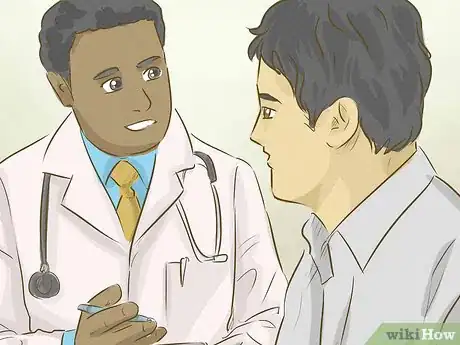

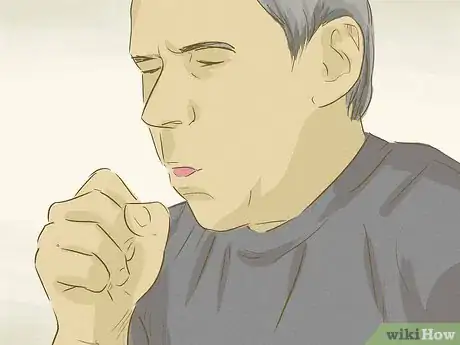

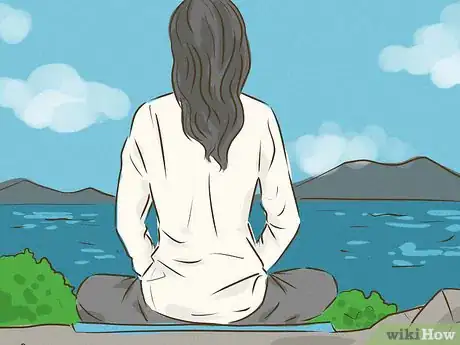

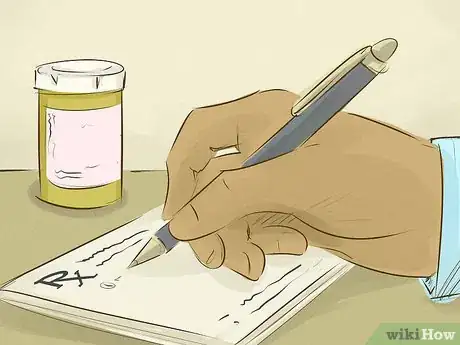

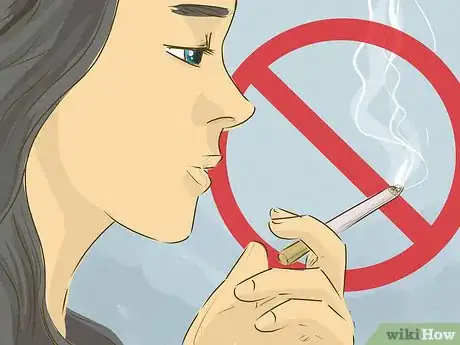
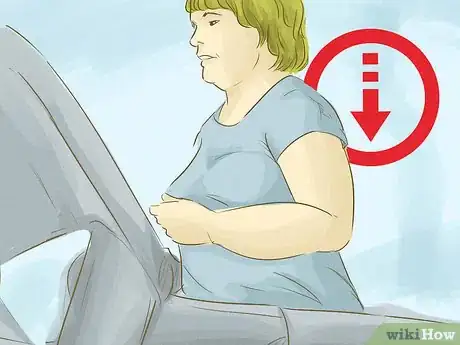
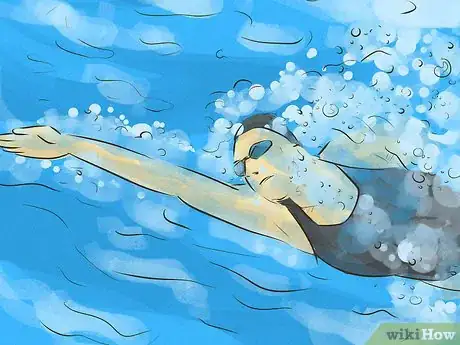

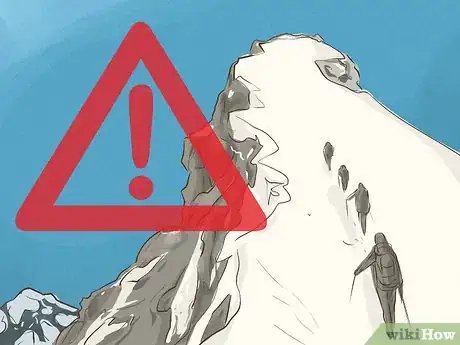
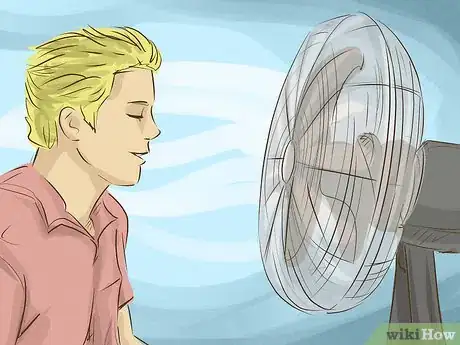
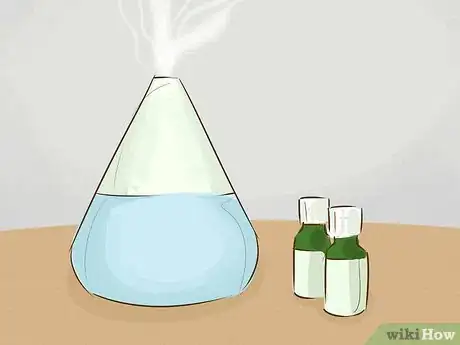
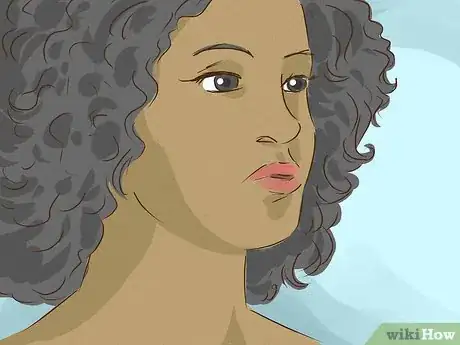
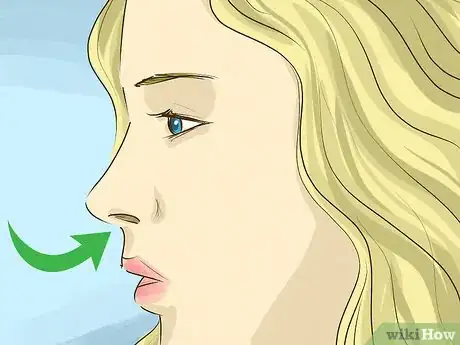
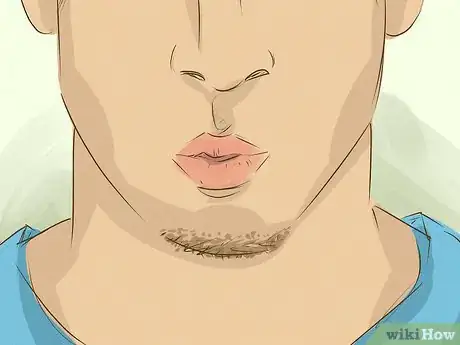
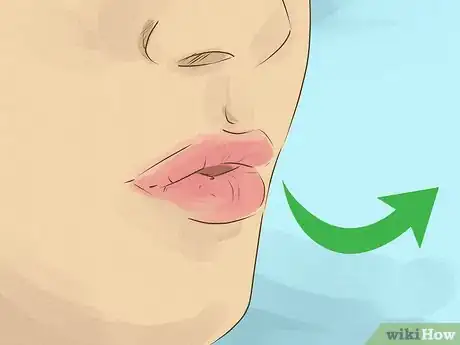
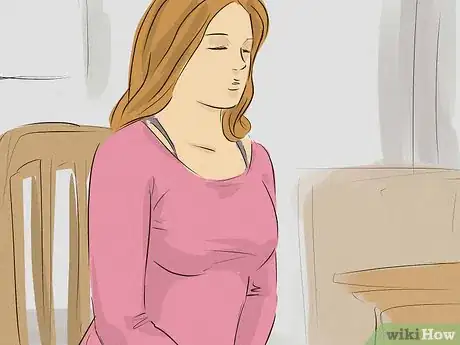
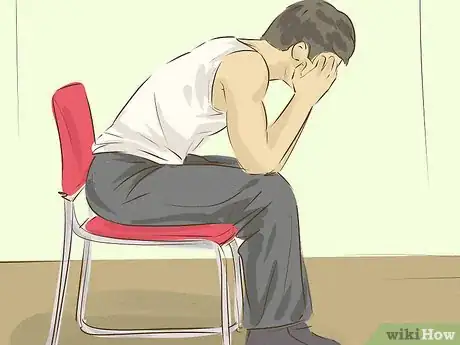
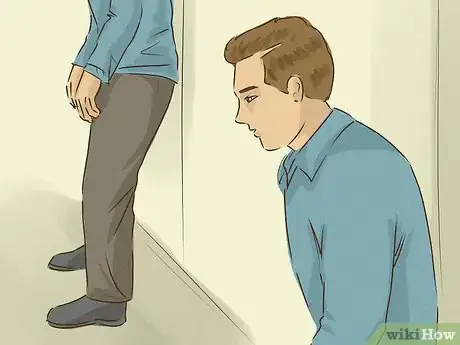

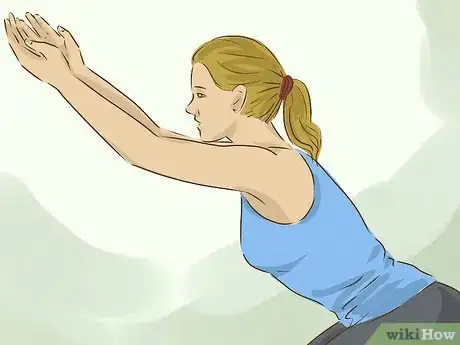
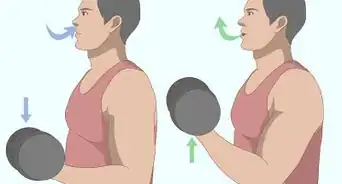
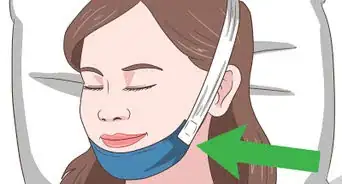
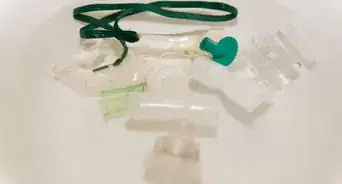
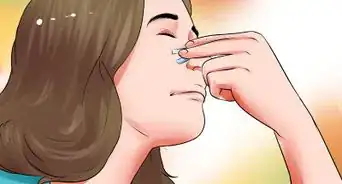
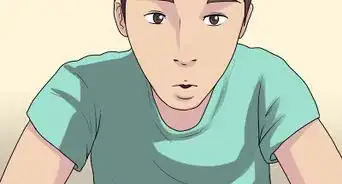
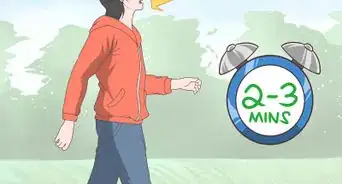
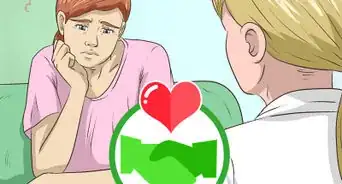
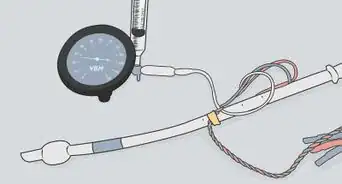
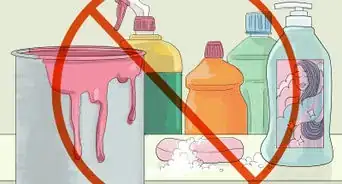
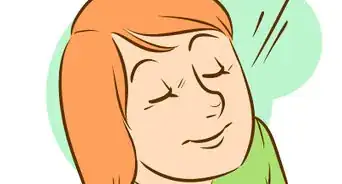
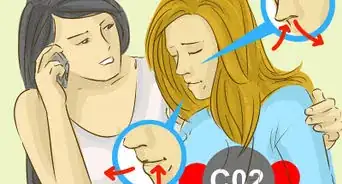
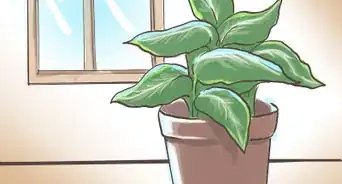

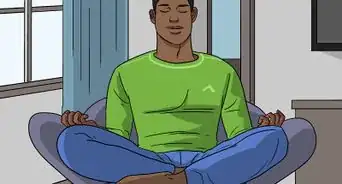







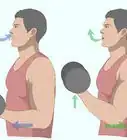
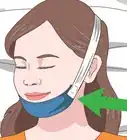
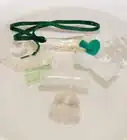




































Medical Disclaimer
The content of this article is not intended to be a substitute for professional medical advice, examination, diagnosis, or treatment. You should always contact your doctor or other qualified healthcare professional before starting, changing, or stopping any kind of health treatment.
Read More...